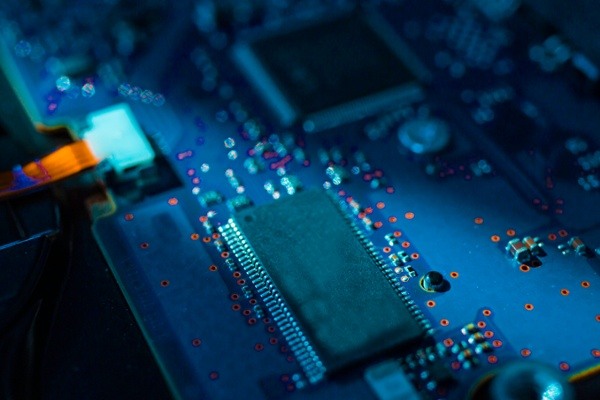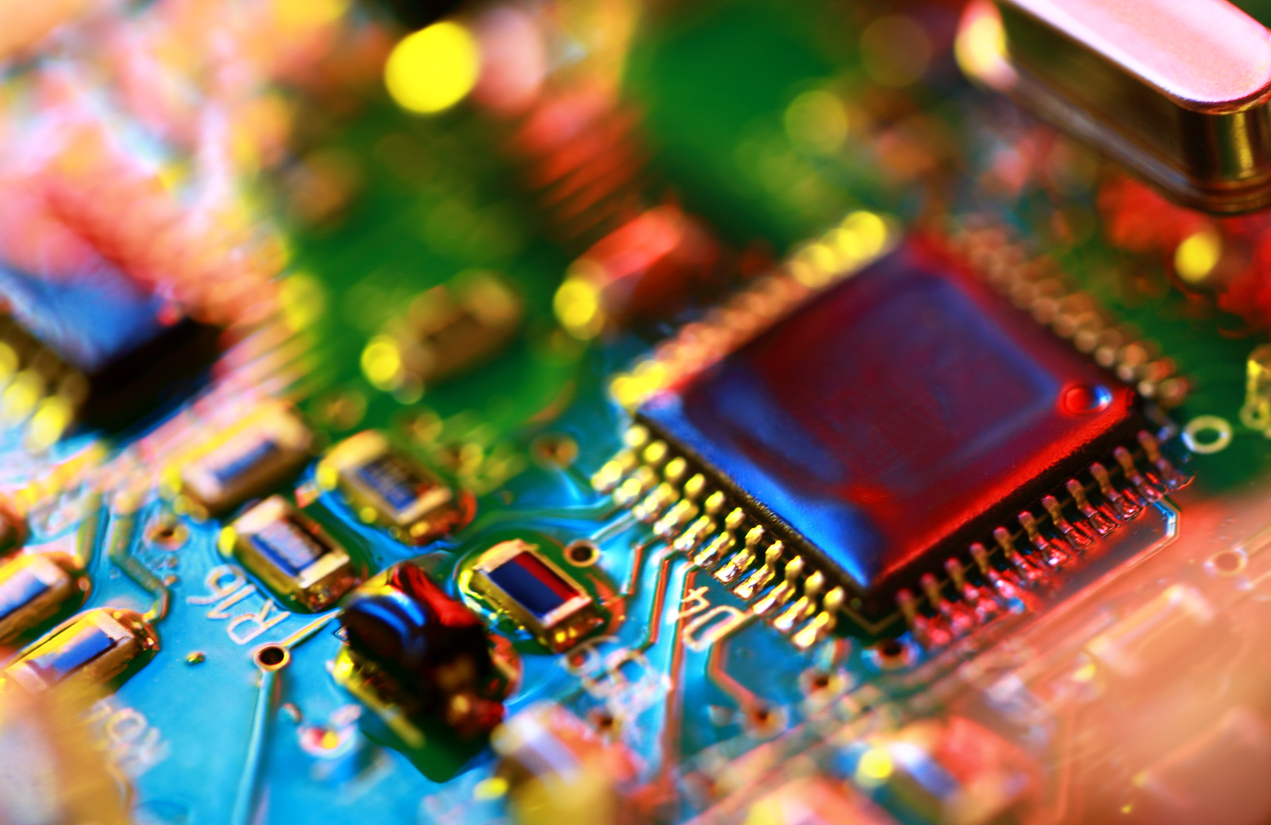RoHS-Compliant Countries That Aren’t Actually RoHS-Compliant
It seems simple enough. If you’re a manufacturer who uses electronic components to build your products for American or international markets, you...

Confused about REACH vs. RoHS compliance? You’re not alone. These two sets of electronics manufacturing guidelines were born from the European Union’s concern for human health and the environment.
While they share a common goal, they differ significantly in scope and requirements. Understanding these distinctions is crucial, as adhering to both sets of regulations supports comprehensive compliance for electronics manufacturers, protecting both people and the planet.
If you’re looking for the simple answer, here it is:
But, there’s a lot more to consider when it comes to REACH vs. RoHS:
It could be said that RoHS and REACH are redundant. Ten chemicals covered by RoHS also are covered by REACH, which include:
However, despite the overlap, REACH deals with many more chemicals and has a much larger scope. It not only involves many more chemicals; it also looks at the entire process of making a product and the chemicals used along the way. RoHS considers only EEE (electric and electronic equipment) and the chemicals contained in its finished form.
In other words, RoHS standard requirements and REACH compliance requirements complement each other.
Which standard is more important? According to SGS, an inspection and certification company, “RoHS should be given priority over REACH for issues concerning the use of substances in EEE.” Simply put, REACH is less a strict requirement, but more of a consumer protection standard. RoHS dictates the way electronics are produced.
When it comes to doing business in the EU, you should pay attention to both REACH and RoHS compliance requirements.
If you’re an electronics manufacturer that wants to do business in the EU, RoHS compliance is a requirement. Many countries outside the EU adopt replicas of these rules. To comply with RoHS, your manufactured product must meet RoHS standard requirements and should be backed by an RoHS 3 compliance certificate.
RoHS was introduced in the EU in 2003. This directive initially restricted the use of six hazardous materials commonly found in electronics:
In 2011, RoHS 2 came into effect, reinforcing these restrictions and adding more compliance obligations.
Then, in 2015, came RoHS 3. The RoHS 3 compliance certificate assures that your products contain no more than the prescribed level of the six chemicals covered by RoHS 2, plus four new ones:
Like RoHS, REACH chemical compliance requires that the covered chemical substances not exceed the levels REACH establishes. A REACH compliance certificate indicates that you use registered chemicals and the levels of those chemicals stay within REACH limits. The chemicals on the REACH list can exceed the prescribed limits, but it has to be noted on the product/packaging.
Among the chemicals affected by REACH are:
The 2020 REACH compliance update also calls for treatment, recovery, and recycling of electronic equipment to help reduce hazardous chemicals and encourage designs that lead to more sustainable manufacturing practices.
According to Sarah K. Rathke, writing in The National Law Review,
“RoHS is the way of the future. RoHS paved the way for the even more complex requirements set forth in the EU’s Registration, Evaluation, and Authentication of Chemicals (REACH) compliance.”
Clearly, the EU takes RoHS and REACH seriously.
For U.S. electronics manufacturers wanting to break into the EU market, sticking to these standards isn't just a formality — it's a must. If products don’t meet RoHS and REACH requirements, it’s not just about potential fines; it could also mean losing market opportunities and facing significant financial hits.
EU importers have a lot to lose if the products they receive from the U.S. don't comply with RoHS and REACH standards. They rely on their U.S. suppliers to meet these standards to ensure their products are safe and eco-friendly.
Compliance isn’t something one party can handle alone; it’s a team effort. Everyone in the supply chain, from manufacturers to customers, needs to work together, share knowledge, and stay updated on regulations. It’s all about cooperation and making sure everyone plays their part to meet these important standards.
Frequently Asked Questions About REACH vs. RoHS ComplianceBelow are some of the frequently asked questions about REACH and RoHS compliance: What are the potential consequences for manufacturers if they fail to comply with both RoHS and REACH standards?Manufacturers who fail to comply with RoHS and REACH standards can face significant consequences, including legal penalties, fines, and product recalls. Non-compliance can result in the inability to sell products in the European Union, which may lead to financial losses and damage to the company’s reputation. Additionally, companies may encounter legal action from customers or competitors, as well as increased scrutiny from regulatory bodies. This can disrupt business operations and lead to additional costs associated with rectifying compliance issues and redesigning products to meet standards. What are the specific steps an electronics manufacturer should take to achieve and maintain RoHS and REACH compliance?To achieve and maintain RoHS and REACH compliance, an electronics manufacturer should:
How do RoHS and REACH regulations impact the design and material choices for new electronic products?RoHS and REACH regulations significantly influence the design and material choices for new electronic products by restricting or banning certain hazardous substances. For RoHS compliance, designers must avoid using specific chemicals such as lead, mercury, and cadmium, which impacts material selection and design processes. REACH regulations require manufacturers to evaluate and manage the risks associated with chemicals used in production, encouraging the use of safer alternatives and promoting environmentally friendly practices. This often leads to the adoption of new materials and manufacturing techniques that align with regulatory requirements, ultimately affecting product design, material sourcing, and overall production methods. |
Navigating the compliance standard environment can be challenging, even if there is a lot of overlap between REACH and RoHS.
Partnering with a third-party electronics manufacturer with REACH and RoHS knowledge can help ensure your product is up to par. From design to testing, compliance is a factor at every turn.
To get more information on REACH, RoHS, and other regulations that impact your ability to do business, grab our free e-book below:
This article was originally published in October 2020 and was recently updated to reflect current industry trends.

It seems simple enough. If you’re a manufacturer who uses electronic components to build your products for American or international markets, you...

Prototyping is just as important to the electronics manufacturing process as designing, engineering, and testing. Ignore it at your own risk.

Working with small circuit board areas can increase the risk of various PCB defects, tombstoning in particular. While the grim nature of “tombstone”...